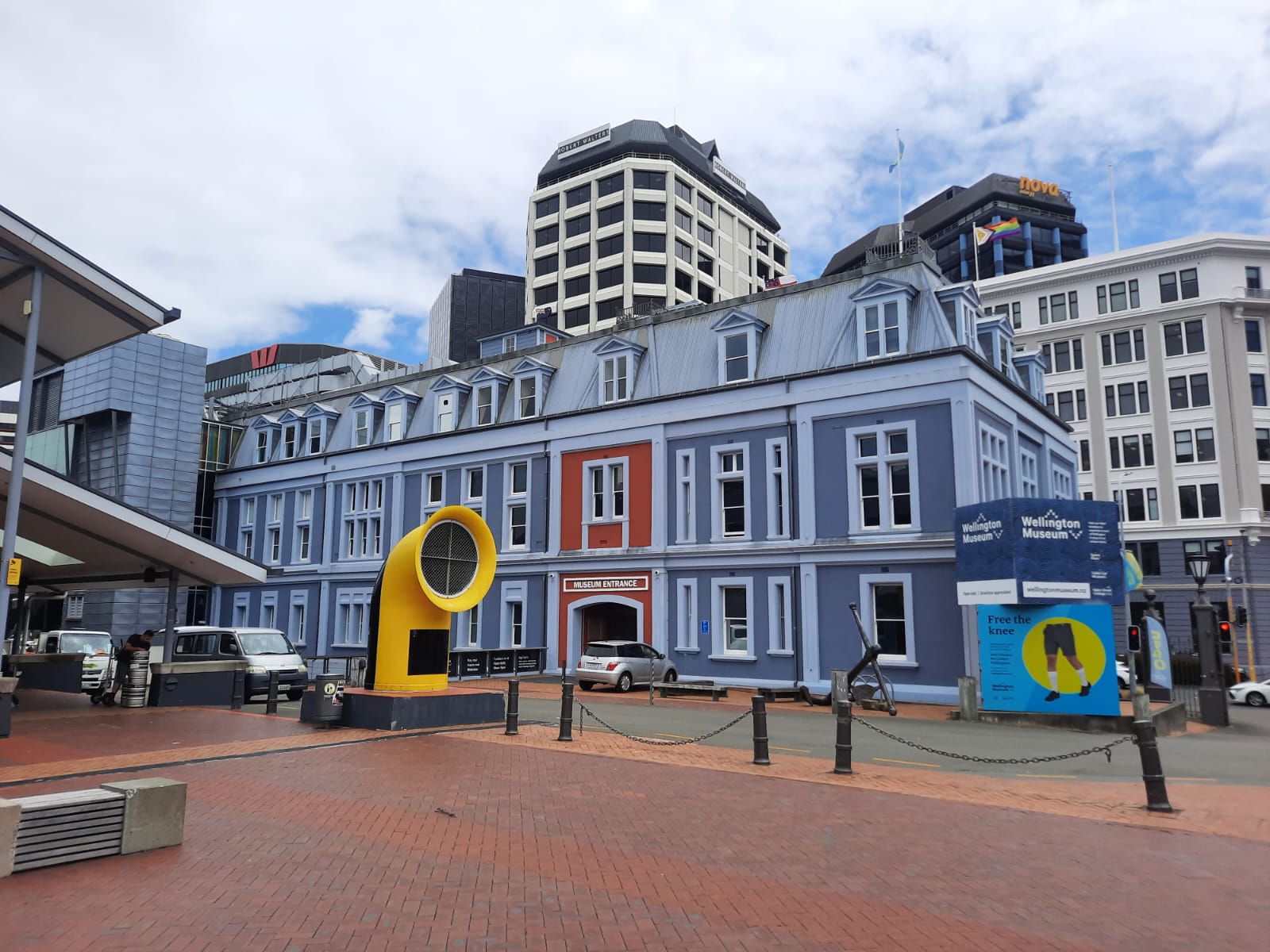Wellington Museum
Wellington Museum, telling the stories of the city and region and its people, is a fun and likeable experience in a historic setting. From time travel to taxidermied lions, they’ve got it all!
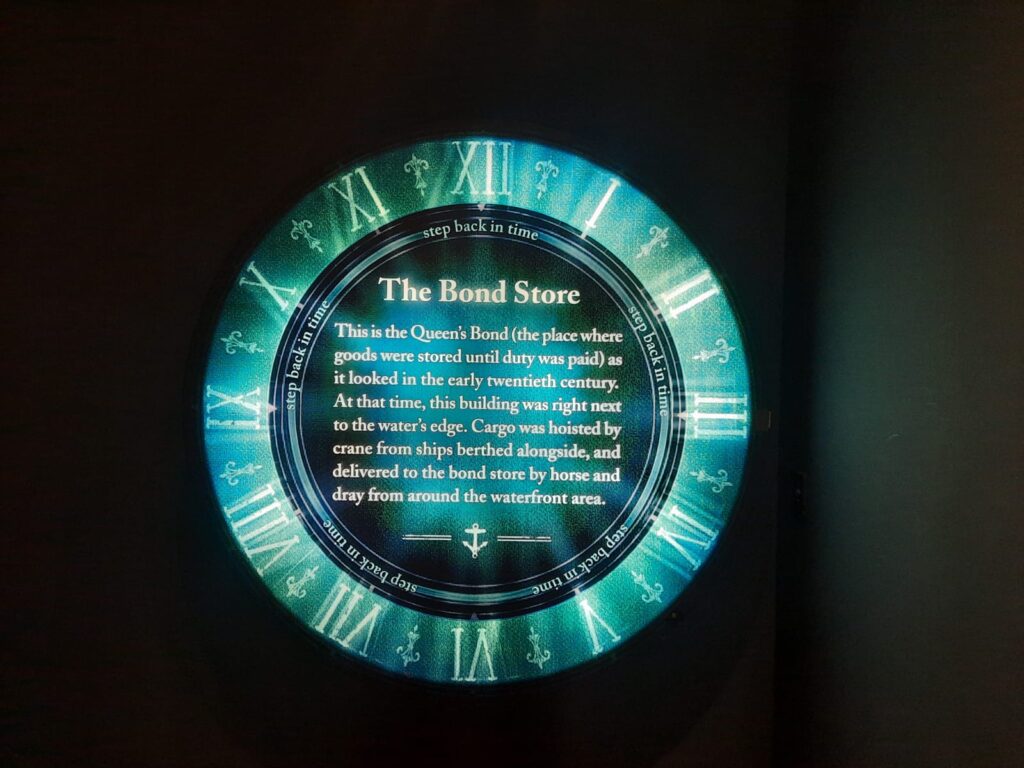
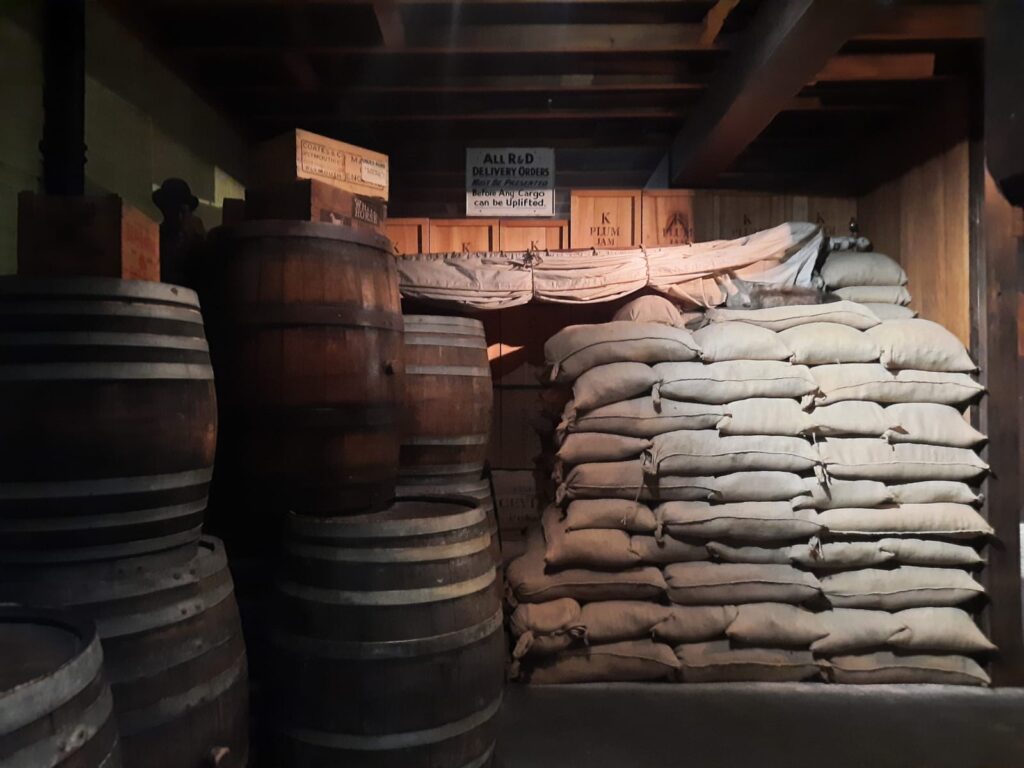
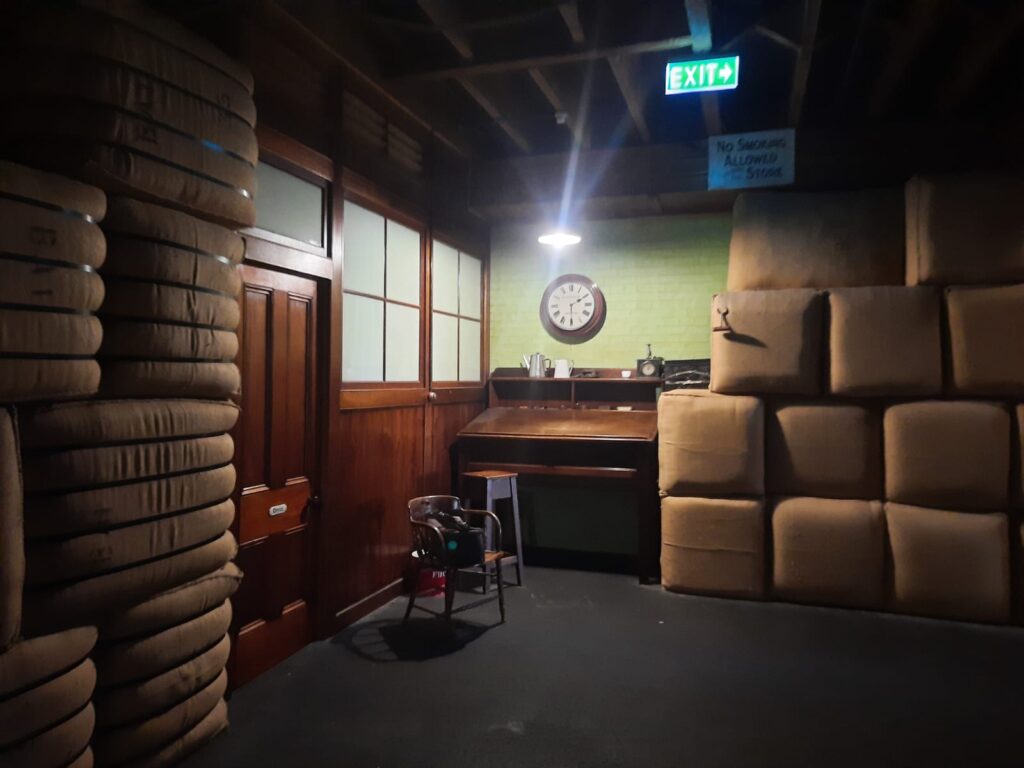

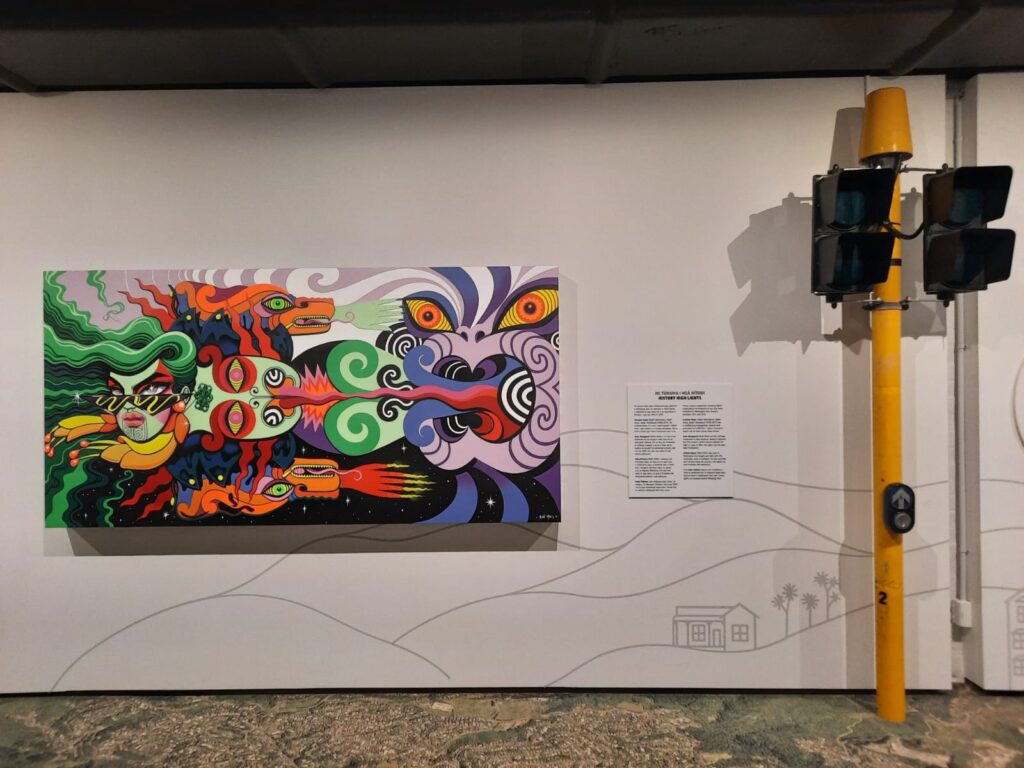
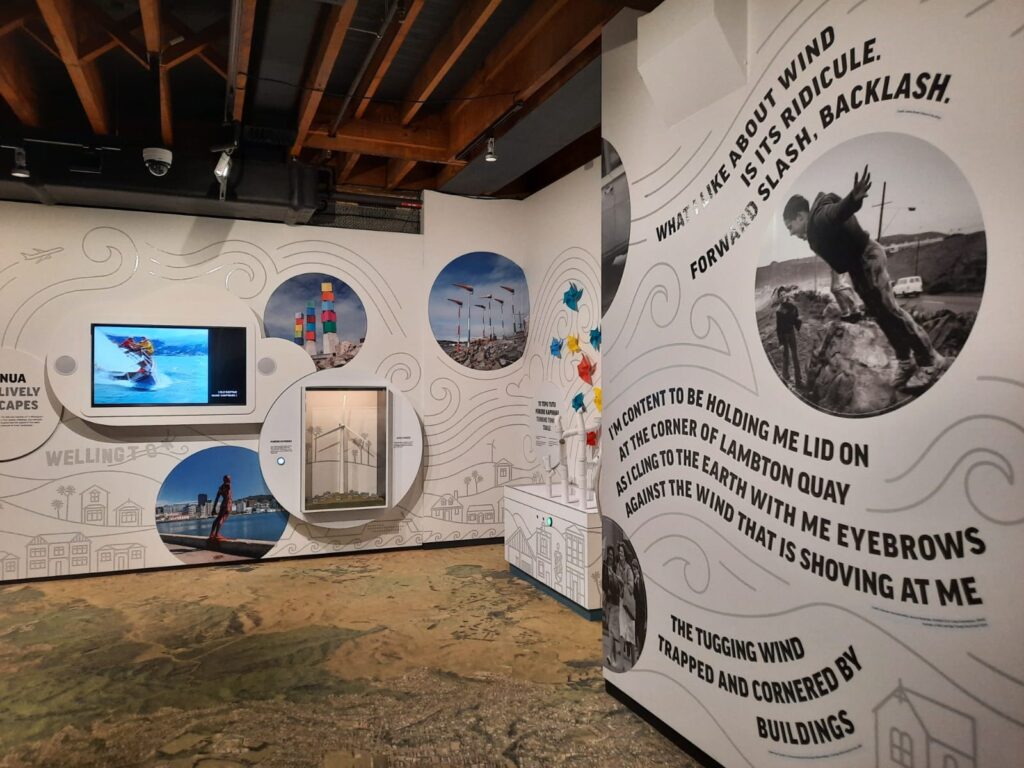
The Evolution of Wellington Museum
A disclaimer to begin with. Wellington Museum, in one of its previous incarnations, is where a young Salterton Arts Review got her start as an arts professional, by doing an internship many moons ago. So I’m slightly biased. That being said, this is a personal blog reflecting all my own preferences and biases, so I guess in that sense this post will fit right in!
Let’s go back to the beginning though. Wellington Museum is pretty obviously a city museum. But has it always been that way? Not quite. It has always occupied this building, the 1892 Bond Store on Jervois Quay. Designed by architect Frederick de Jersey Clere, the building was a bonded cargo warehouse with the Wellington Harbour Board offices above. Containerisation changed Wellington Harbour, as it did many harbours, from the 1960s onwards.
By the 1970s there was a lot of disused space in the Bond Store. The Harbour Board had the bright idea to turn it into a small maritime museum, opening in 1972. When the Harbour Board itself wound up in 1989 the museum continued under Wellington City Council leadership with expanded gallery space. The Harbour Board’s former boardroom still forms part of the museum today. Since 1995 the museum has been run by the Wellington Museums Trust (along with other institutions including the Cable Car Museum), trading as Wheako Pōneke Experience Wellington
The opening of Te Papa in the 1990s was a good opportunity for the relatively niche maritime museum to think about its role in the city’s cultural landscape. With a national museum just down the waterfront, why not have a museum telling Wellington’s stories? And so in 1999 the Maritime Museum became the Museum of Wellington City & Sea. It was under this name that I made an incredibly modest contribution (mostly bad coffee if I remember correctly) as an intern. Its mission was to preserve and share the social, cultural and maritime heritage of New Zealand’s capital. It became Wellington Museum in July 2015, reopening after an extensive refurbishment.
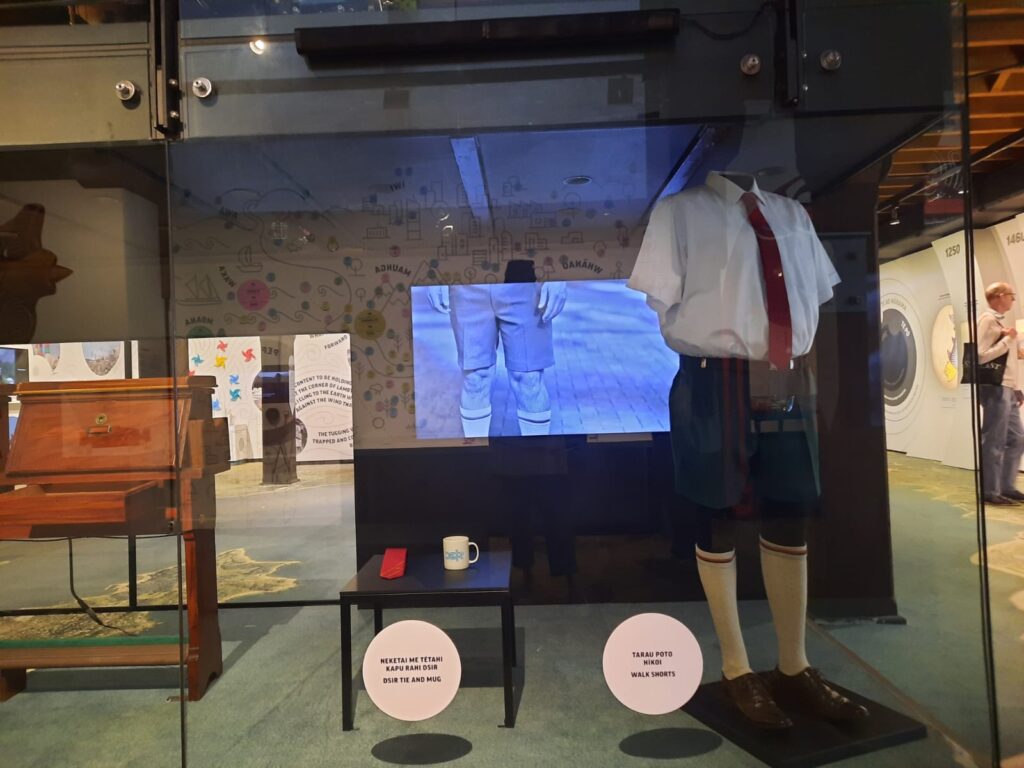
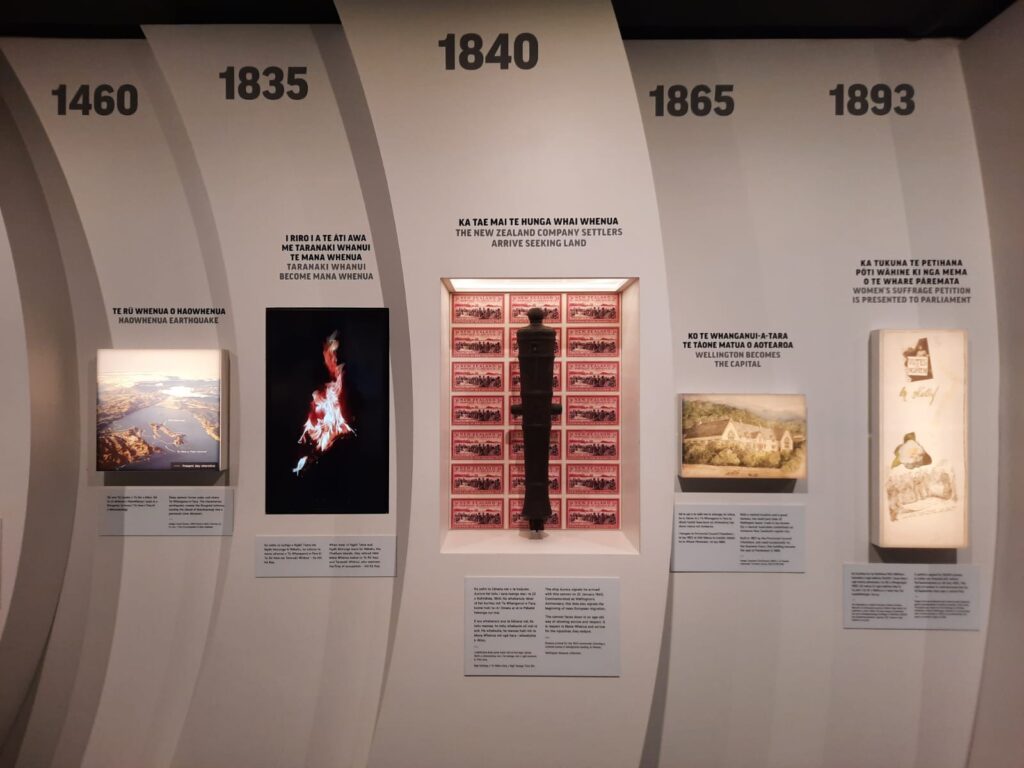
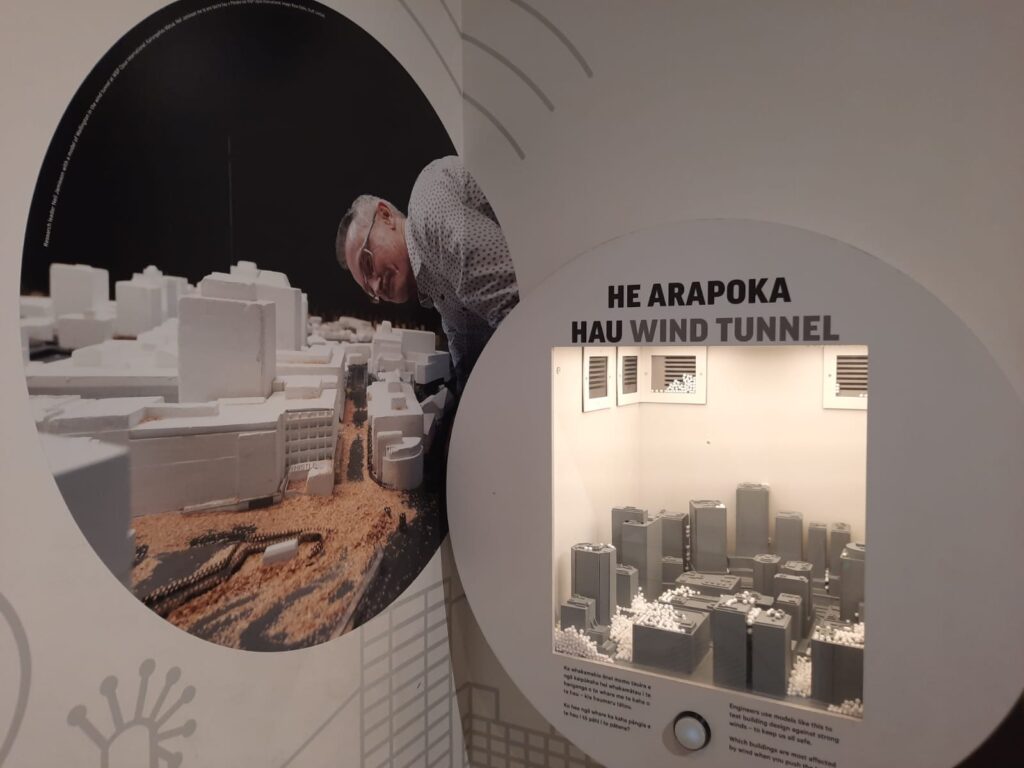
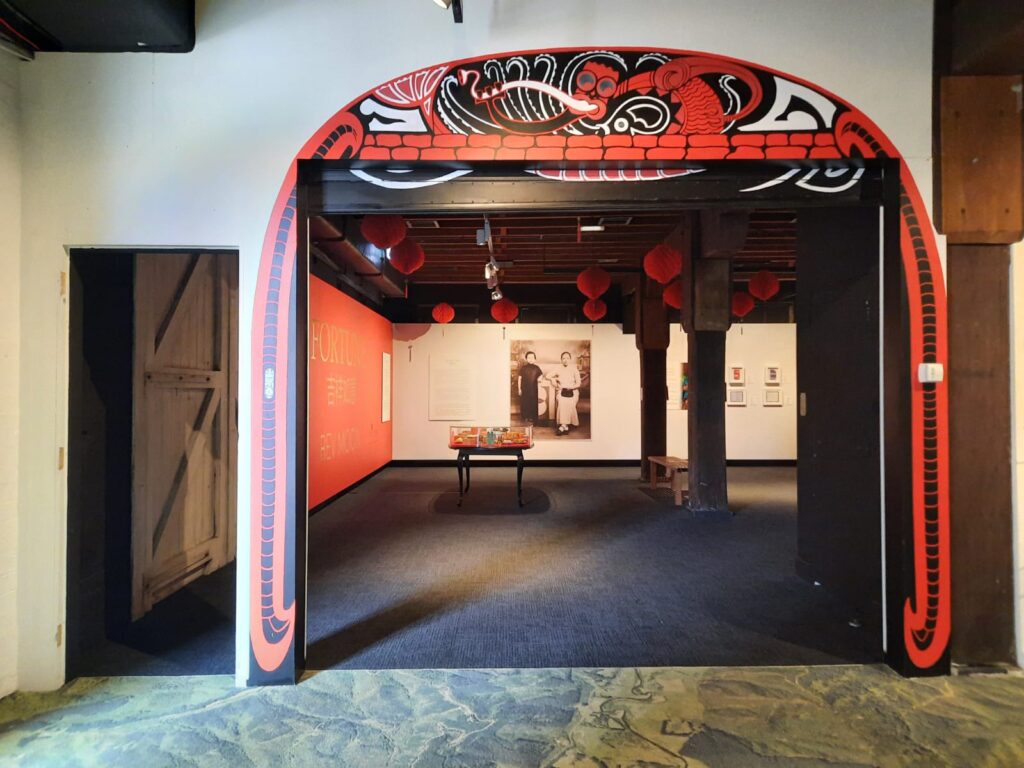
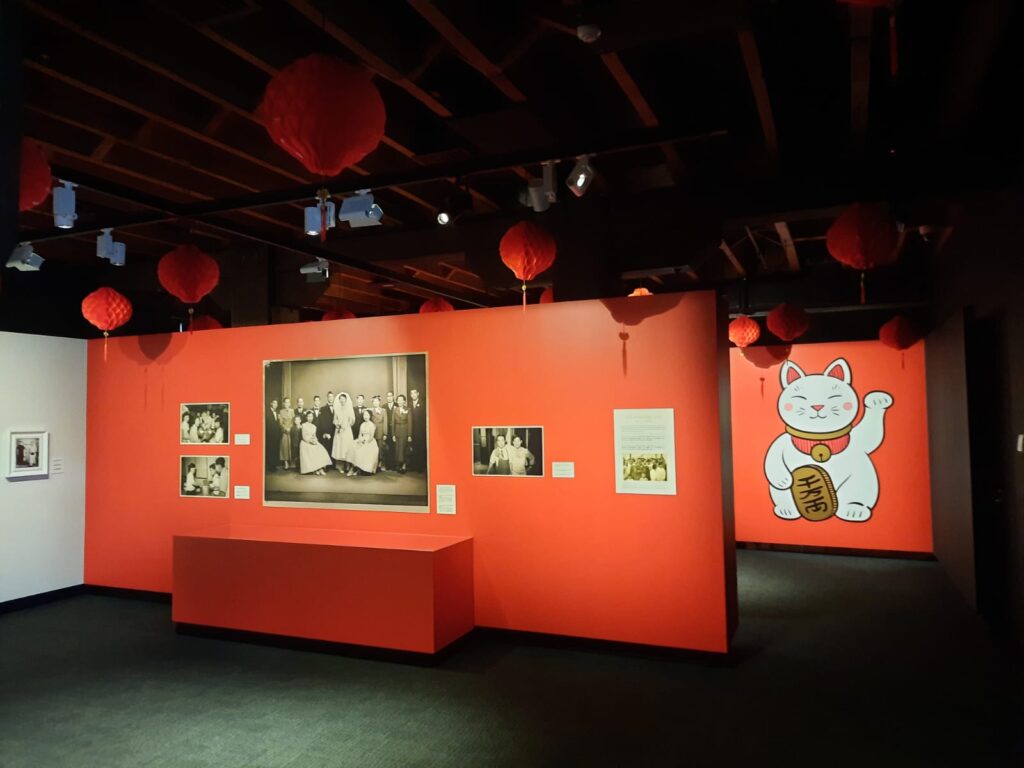
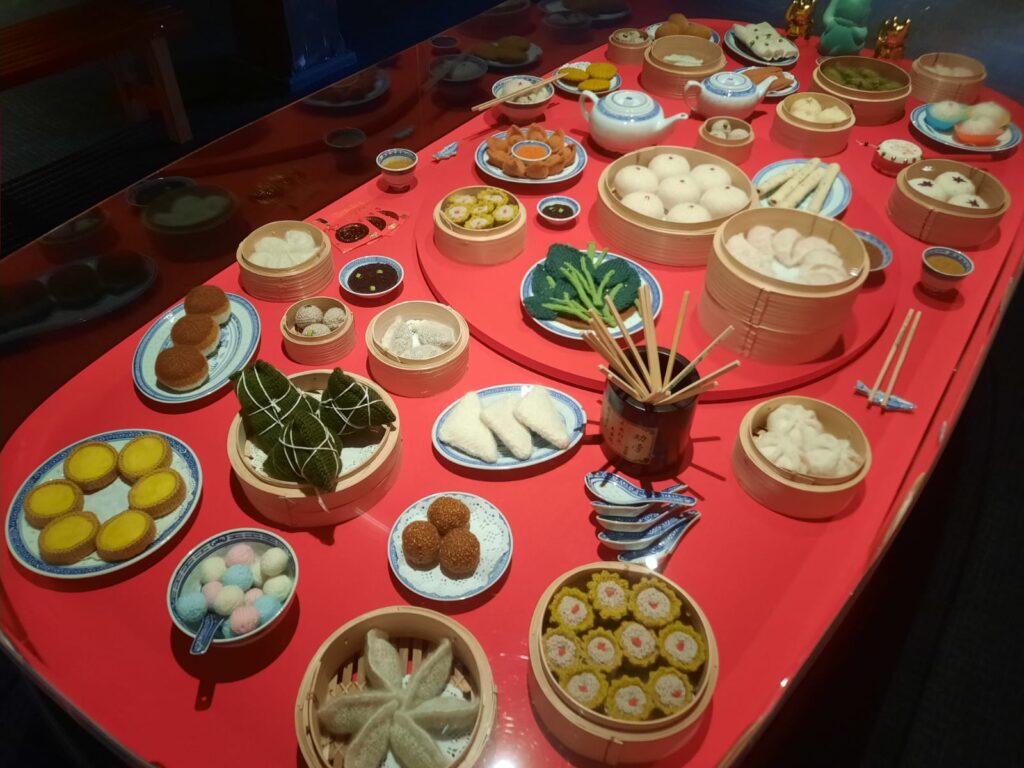
A Museum of Many Hats
In my opinion, the evolving identities of Wellington Museum are reflected in what visitors see today. That extensive refurbishment I spoke about was mainly to the top floor: the museum otherwise preserves layers of its own history within its walls.
Visitors start on the ground floor. This floor has a lot in common with the Museum of London Docklands. It has a couple of recreated rooms echoing the Bond Store that was: sacks and barrels, historic signage, and a mechanical rat. Moving through this space, visitors come to an object-led area with a timeline of Wellington’s history. The tone here is playful and fun, a little like Te Papa’s curatorial tone. Beyond is a temporary exhibition space. During my visit I saw Fortune by Bev Moon, a contemporary art exhibition reflecting on Asian immigration to New Zealand.
The next floor still has quite a traditional feel. There’s a maritime history section in bays around a central staircase. At one end is a permanent exhibition on New Zealand’s worst modern maritime disaster, the 1968 sinking of the Wahine. At the other end is that boardroom I was talking about, with a contemporary art installation by Genevieve Packer. Heading upstairs old and new start to meet. A Millennium Ago tells Māori creation legends through the use of the Pepper’s ghost technique. This exhibit is an old favourite, but either I was too impatient or it wasn’t working when I visited. Also on the second floor is Ngā Heke, which presents alternative viewpoints and histories through a selection of objects, encouraging independent thinking.
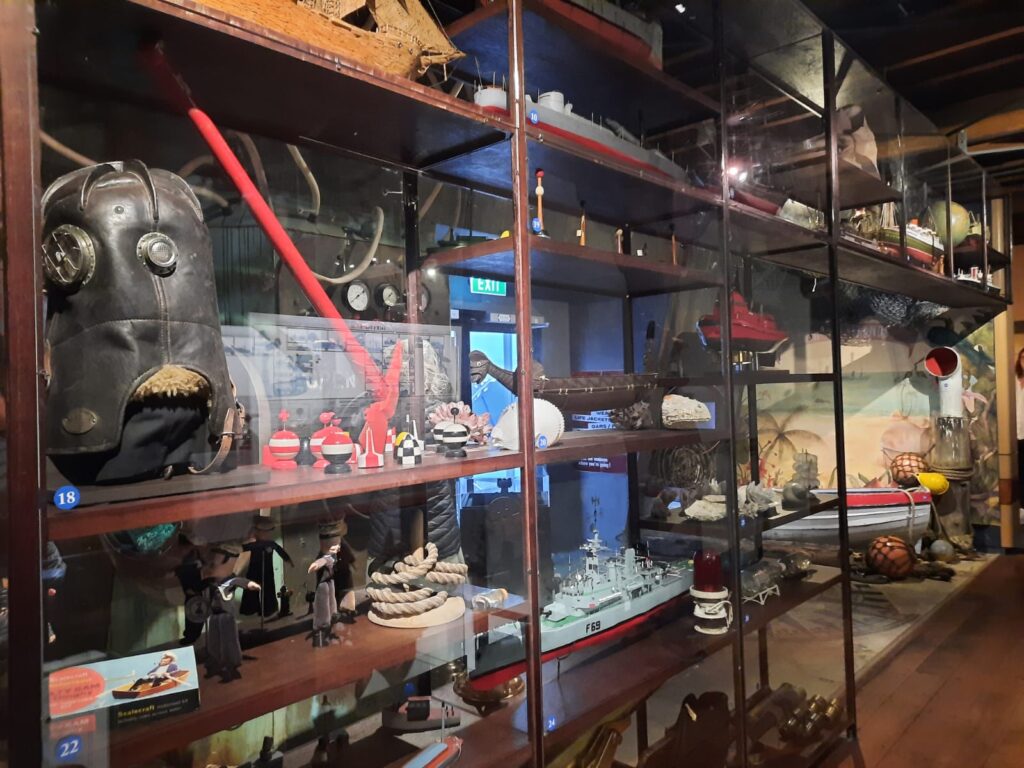
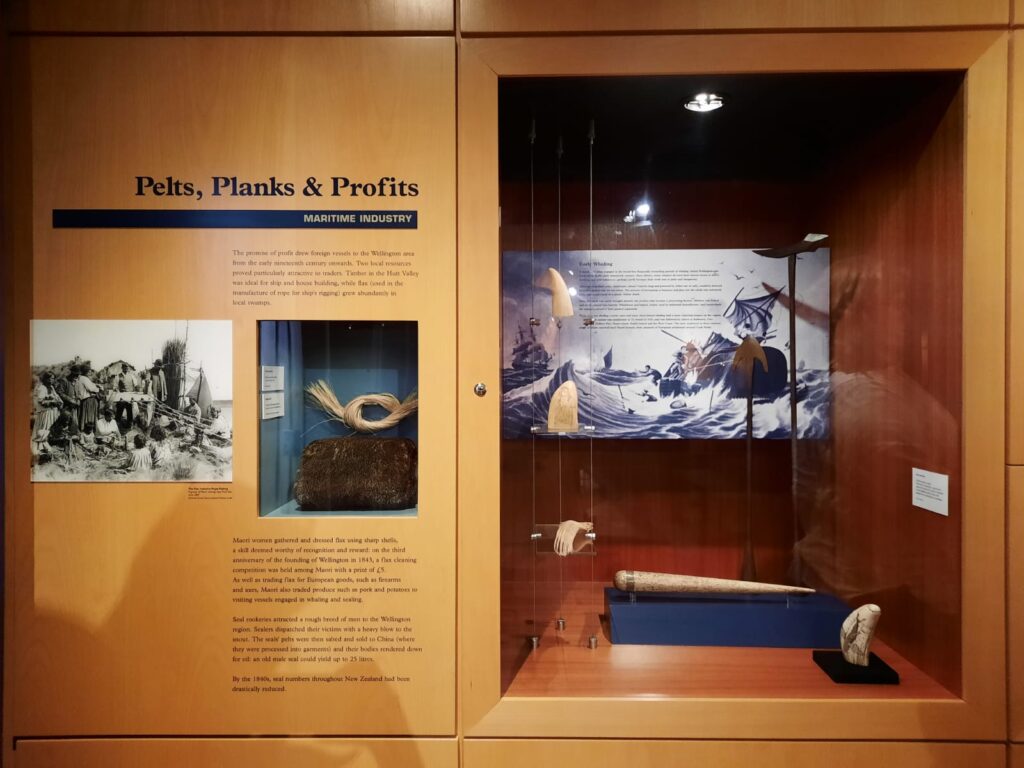

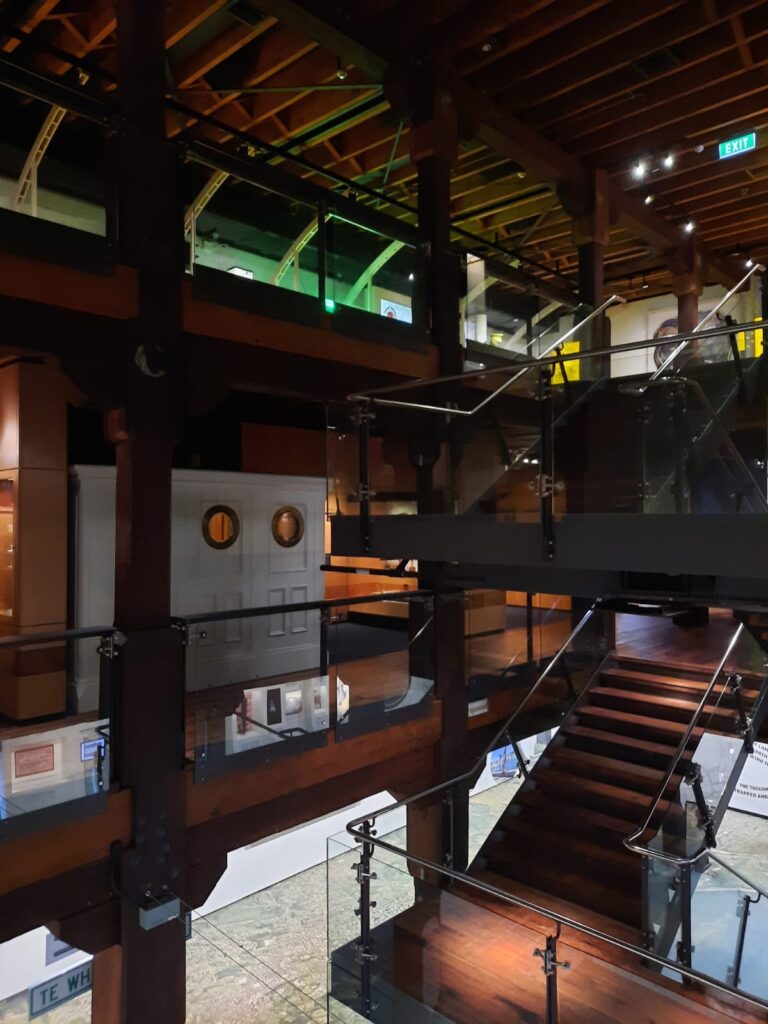
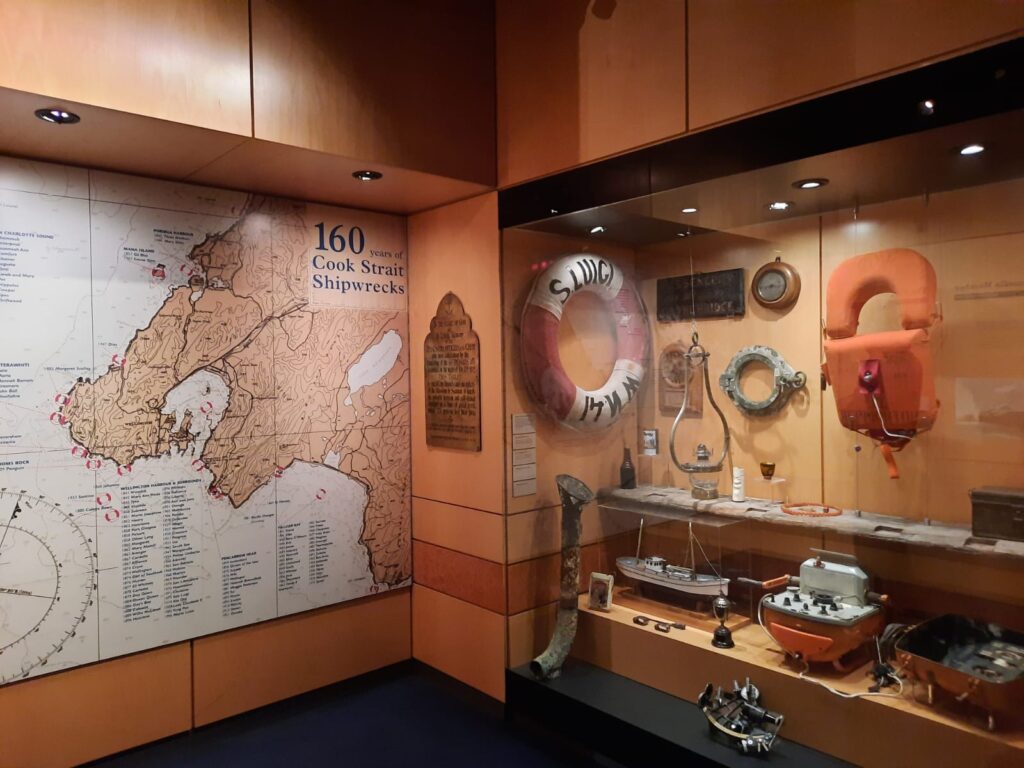
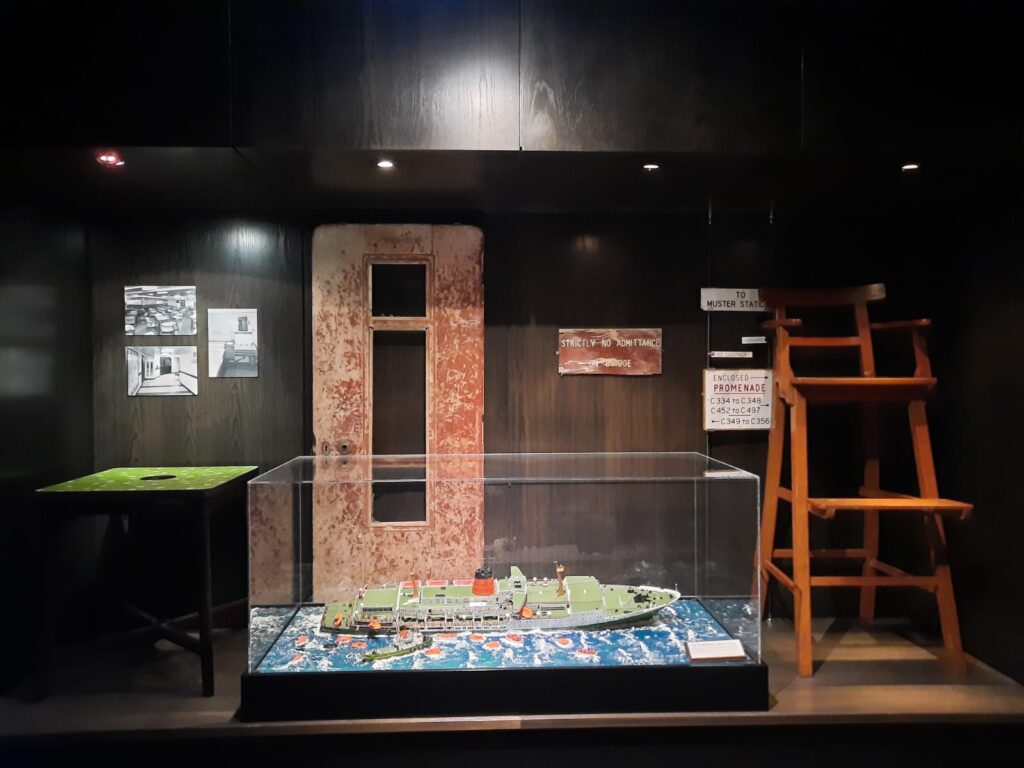
The Attic
This thinking comes in handy as visitors reach the top floor, The Attic. This was all new to me, being the result of that 2015 refurbishment. It is a densely-packed space full of interesting objects grouped by theme. It’s a steampunk-style exhibition, and a very rich sensory experience. There are curious machines, and buttons to push to hear oral histories or musical recordings. The Attic prompts curiosity and playfulness: everywhere you look there is something new to discover.
There’s really something for everyone. Exhibits on sports, childhood, science, pioneers, UFOs, leisure, music, geography, architecture, family: you name it. Information is again accessible and informal, lowering barriers to engage with the museum. And this is also where you can find another old favourite exhibit: King Dick. Don’t be alarmed, it’s family-friendly: King Dick was the first animal housed at Wellington Zoo, a lion who died in 1921. His worn appearance is, like that of a beloved teddy bear, the result of being patted by many little hands over the years. He’s now safely behind glass with companion Rusty, who died in 1997 and was the last animal to be taxidermied by Wellington Zoo.
Finally, at one end of Wellington Museum’s third floor, is something slightly surprising: a time machine. It’s easy to use. A simple push of a button will whisk you through centuries of habitation in Wellington and its surrounding region. Luckily all the people you’ll meet will speak English and have something interesting to say, before you’re whisked forward in time again. Safely back in the present, our visit had concluded and we made our way back downstairs again.
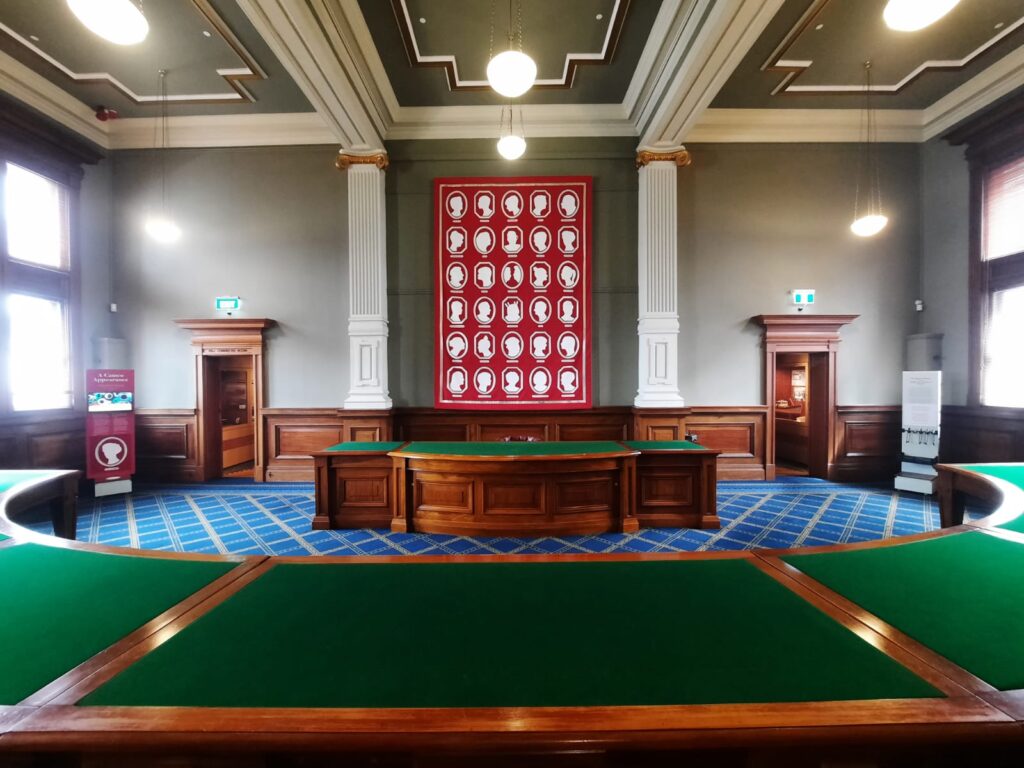
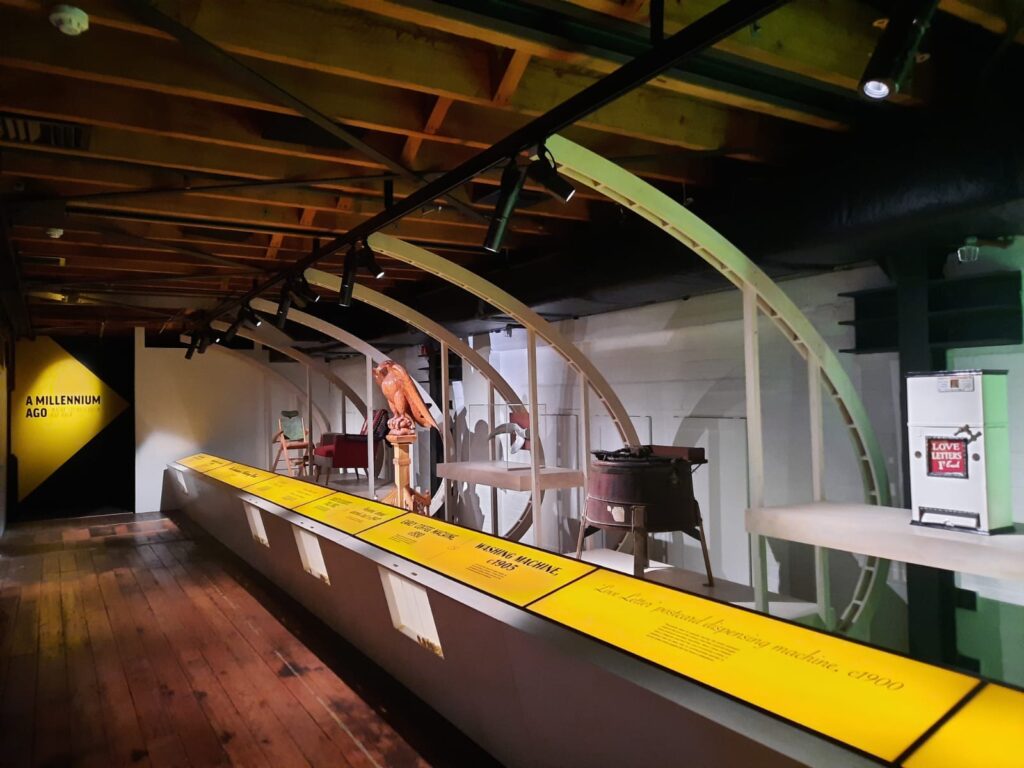
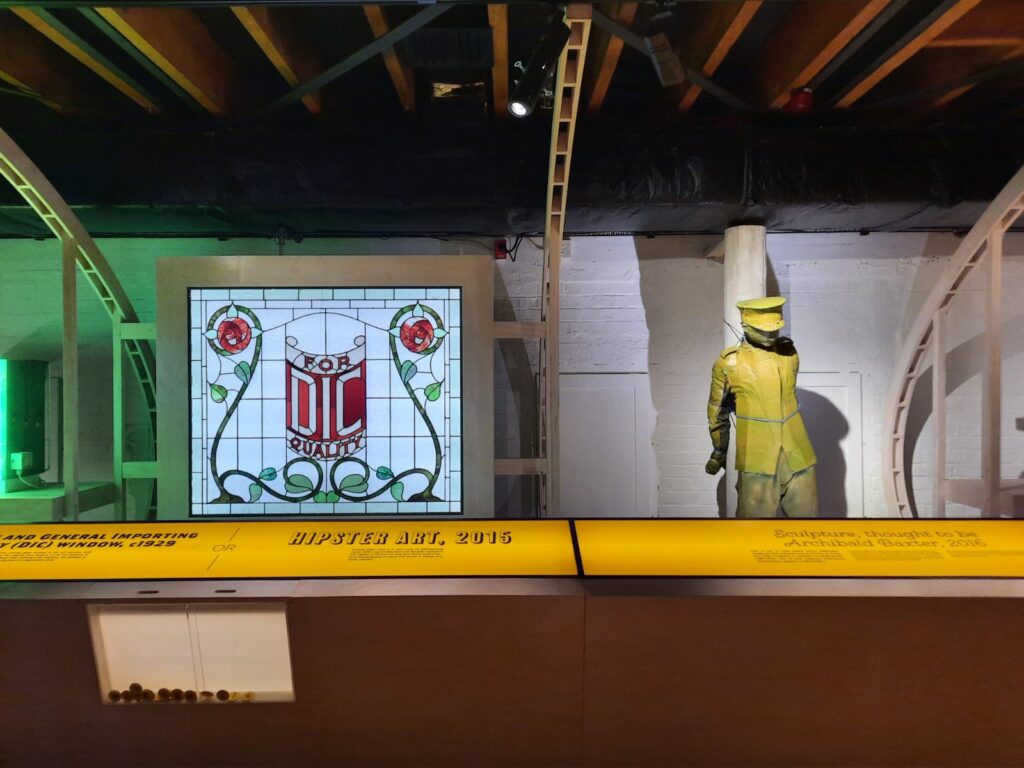
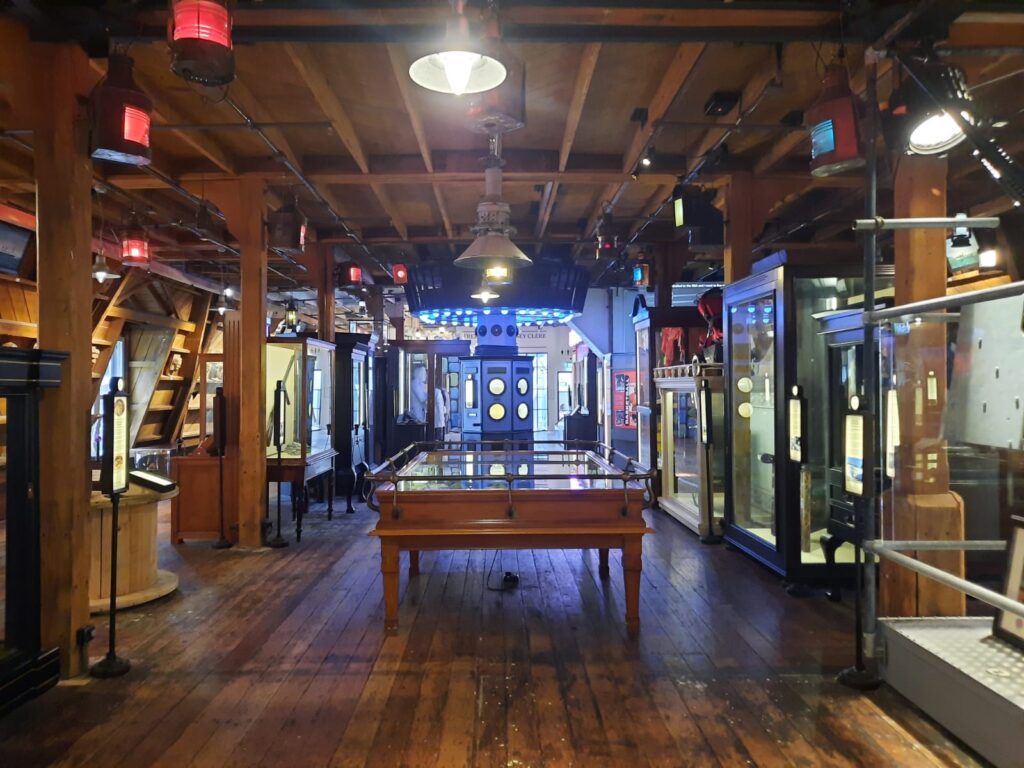
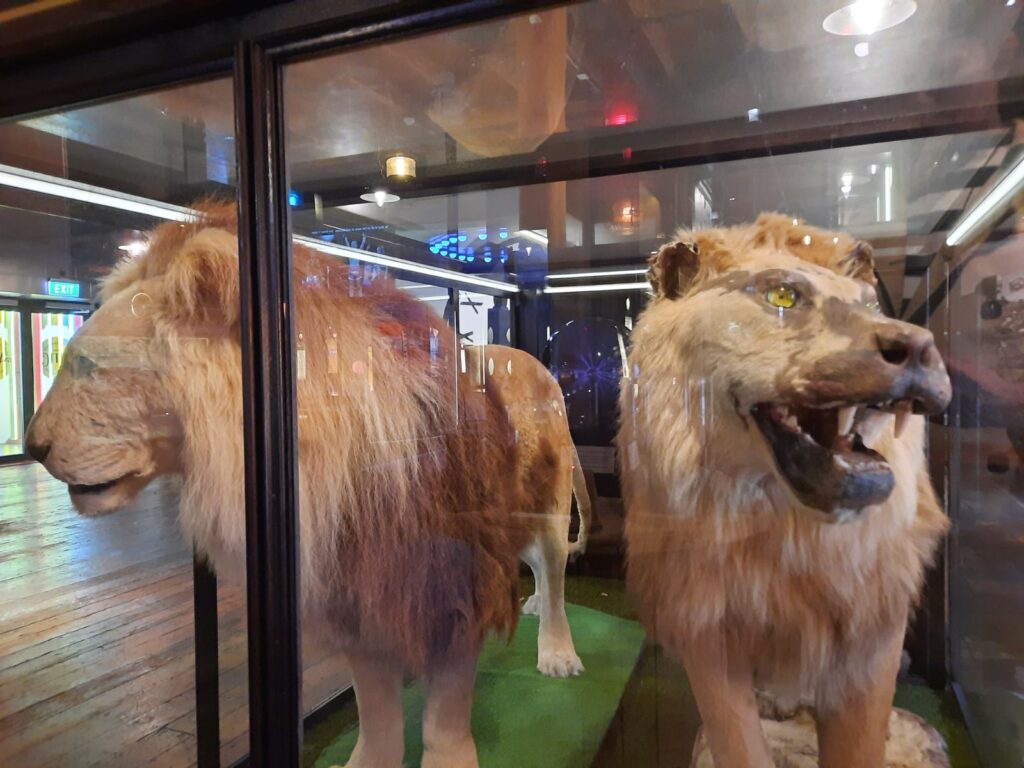
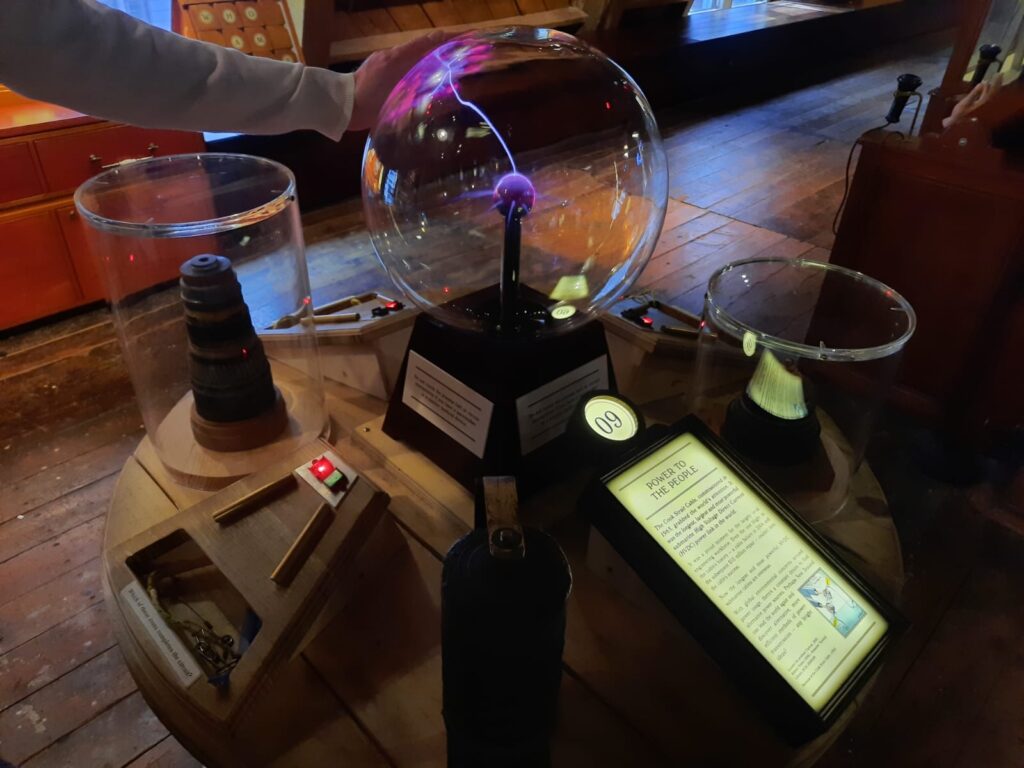
What Does This Tell Us About Wellington?
For someone who loves museums and is a devoted arts professional I’m going to sound a little harsh here, but to a certain extent one city museum is a little like another. Set the scene with some geography and geology, explain the settlement of the area, changes over time, and voilà! So what can we deduce about Wellington from Wellington Museum that is a little more unique?
- Wellington doesn’t take itself too seriously. It’s not every city who would centre UFOs, time travel and ambiguous narratives in their city museum. But Wellington does. And we can see from the lower floors, which are more earnest and conservative in tone, that this slightly mischievous approach reflects recent developments. Can we surmise that Wellington, with now more 150 years as the nation’s capital under its belt, is feeling relaxed and confident in its place in the world?
- It’s a museum which cares about the people(s) it represents. Museums have mostly, in recent decades, shifted from an authoritative point of view to allowing multiple perspectives (or not, I guess, but they’ve had to choose either way). Wellington Museum has made a clear choice to include as many points of view as possible. And as many stories as possible. The more recent exhibitions are object-dense, while also encouraging visitors to bring their own interpretations to bear on what they see. Temporary exhibition space is a way to introduce even more communities or stories. As is contemporary art. Just one example being the work by Genevieve Packer in the boardroom. A Cameo Appearance commemorates women’s suffrage: a neat way to balance out the otherwise very masculine energy of the Harbour Board that was. And with all the changes the museum has undergone they haven’t lost sight of some of those old favourites and the museum’s own role as part of the city’s story.
- It’s the layers of an evolving museum which make Wellington Museum unique. I really like that, if you visited the museum from the top floor to the bottom, it’s a bit like an archaeological dig. Start with the bold, contemporary interpretation of a city’s history. A little beneath the surface you’ll find some early innovations in museum storytelling. Dig a little deeper and uncover a traditional maritime museum. Keep going, and you’ll uncover the start of it all, the 1892 Bond Store. This is the result of successive refurbishments and renovations rather than deliberate, but it’s still interesting. Wellington Museum avoids being just another city museum by having fun, representing all the people who make up Wellington, and remembering its own history as well.
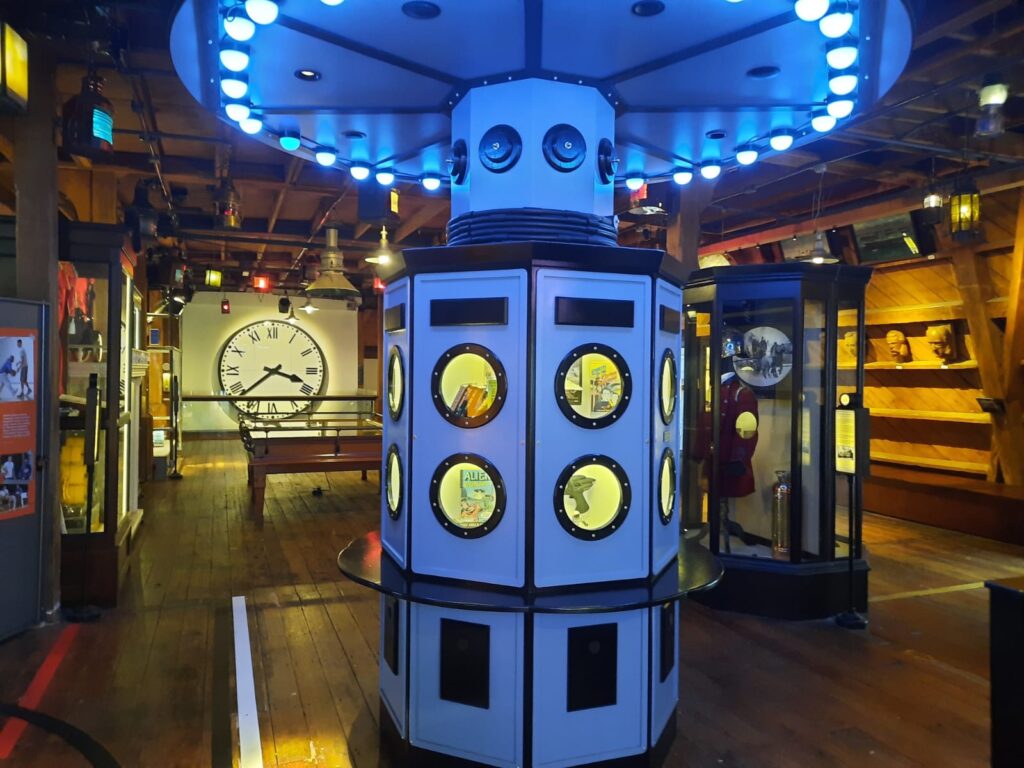

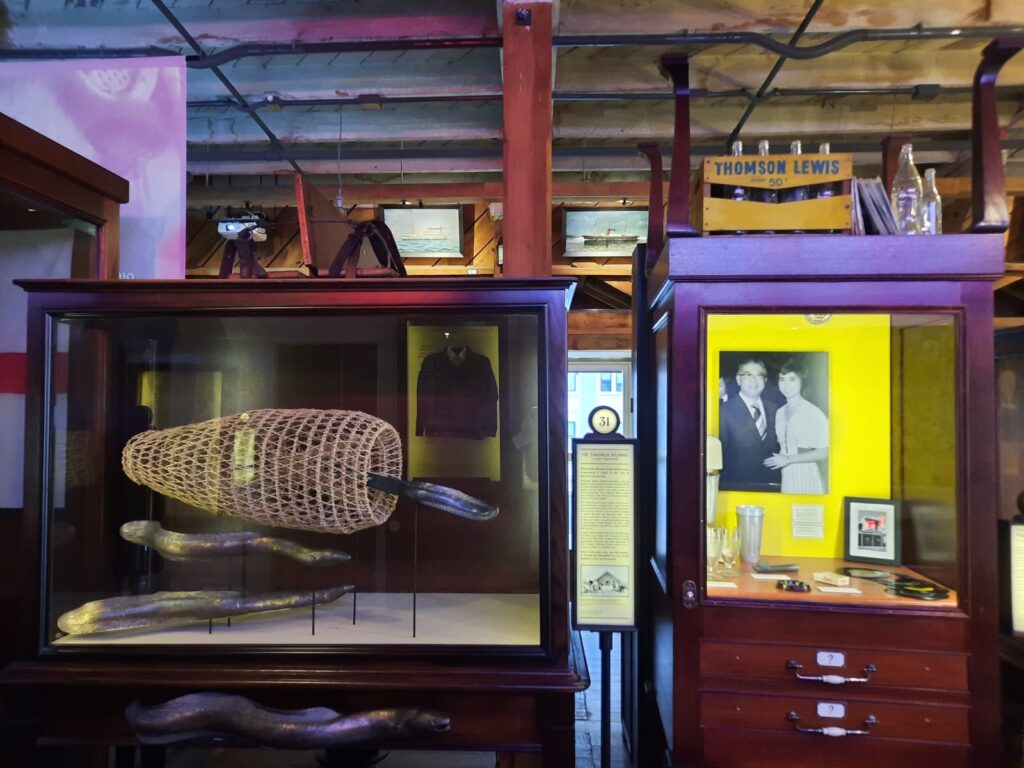
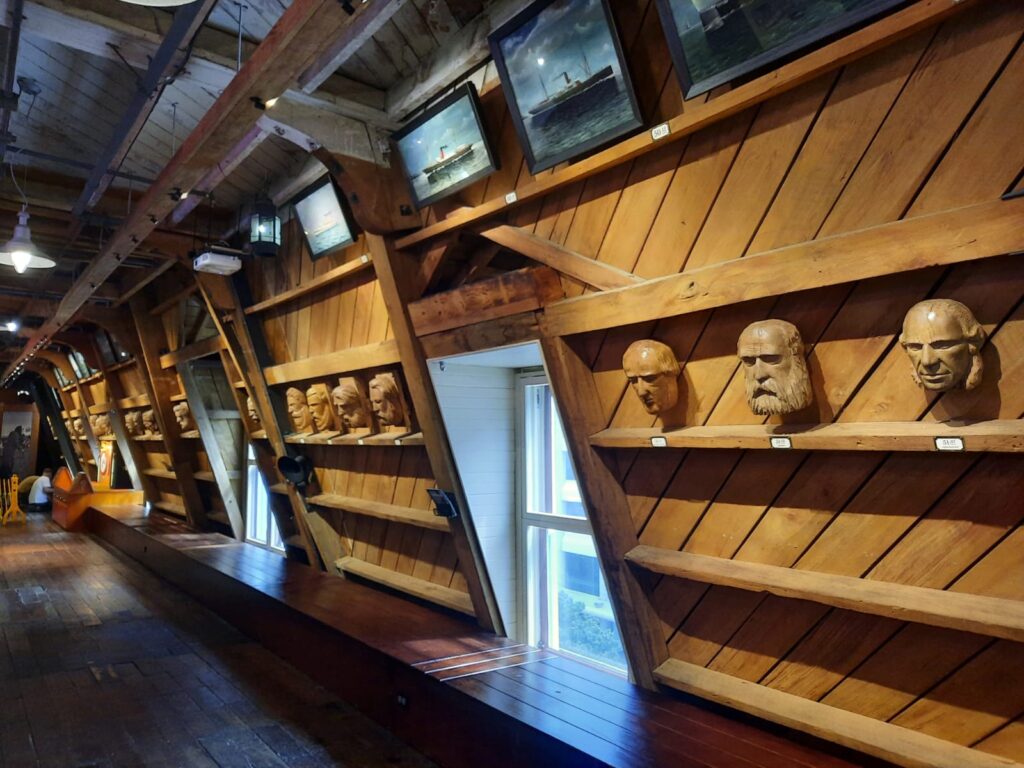
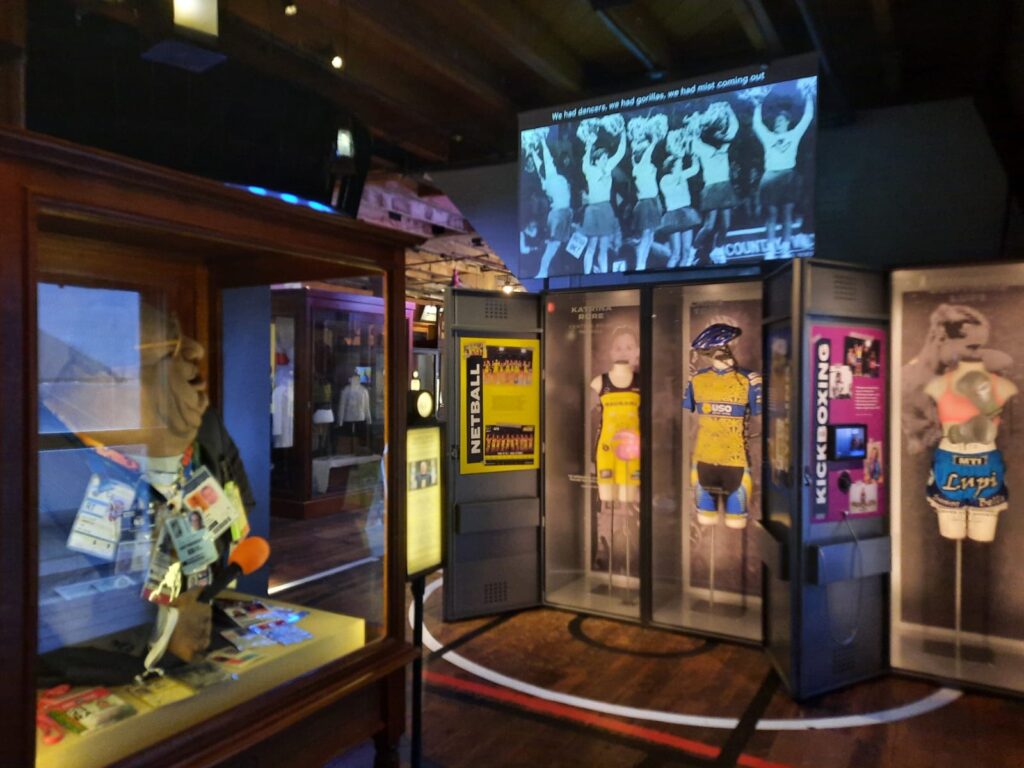
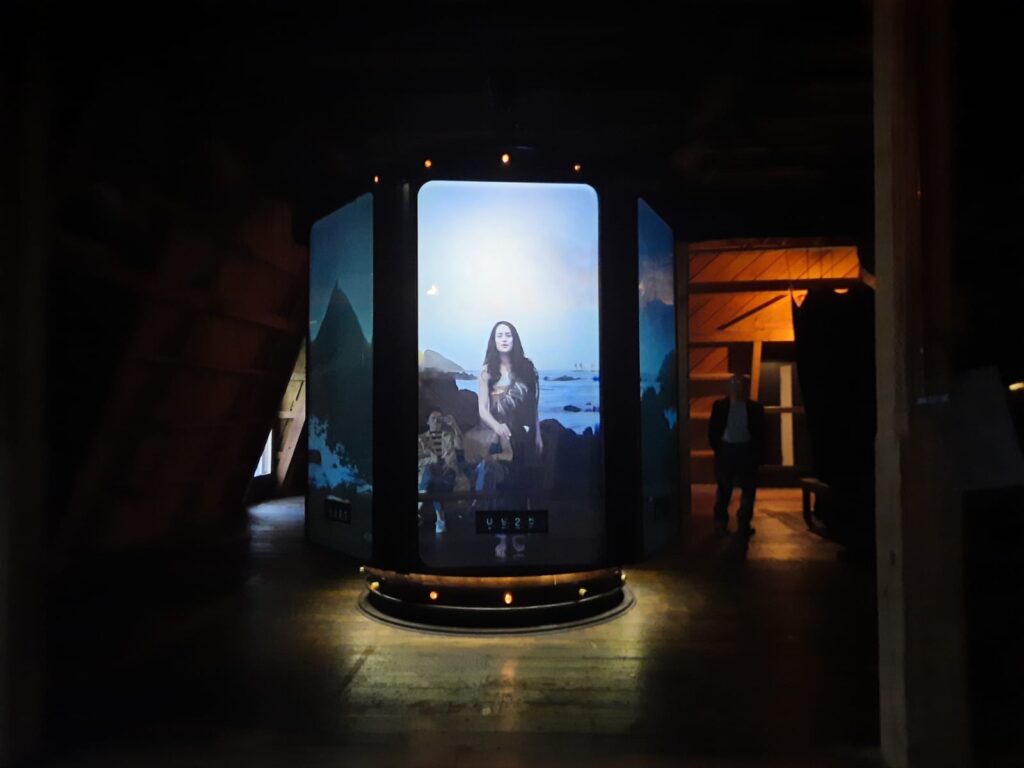
Final Thoughts on Wellington Museum
If you’re short on time, Wellington Museum is a great one to pair with Te Papa. Firstly they’re just a short walk from each other. But they also give a good sense between them of the national and the local. What makes Aotearoa New Zealand a special place, and what makes Wellington a special city within it. If you had to pick between them I would be loathe to help you choose, of course. But for families with school age children, maritime enthusiasts, or those short on time, Wellington Museum would be my pick. There’s even a “Highlights in a Hurry” pamphlet for those on a flying visit.
But ideally you would be able to take your time. Wellington Museum is best taken at a slow pace. You need time to take in all the objects, pick what you’re interested in, and learn about it. You also want to be able to make the most of the multimedia experiences, from Pepper’s ghost to travelling through time.
Speaking of travelling through time, Wellington Museum has certainly changed since my days as an intern. It’s recognisable. Hell, some of the exhibits haven’t changed at all. But the bits that have changed have done so for the better. It’s an engaging experience open to any visitor, no matter their background, interests, or prior knowledge about the city. Definitely worth setting aside a couple of hours to visit on your own trip to Wellington.
Salterton Arts Review’s rating: 4/5
Trending
If you see this after your page is loaded completely, leafletJS files are missing.

